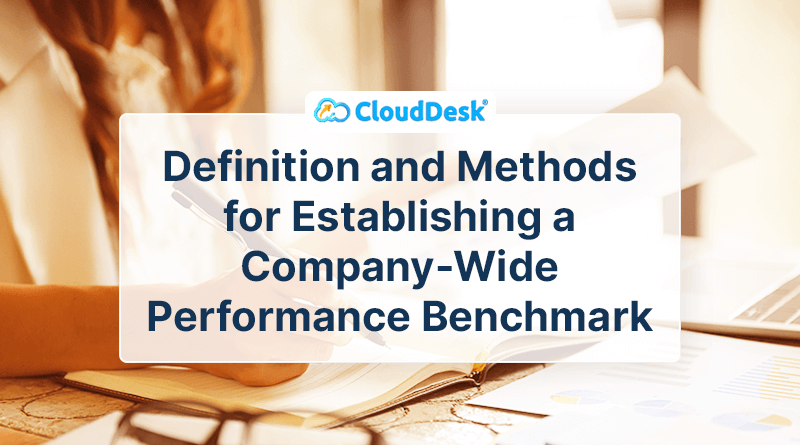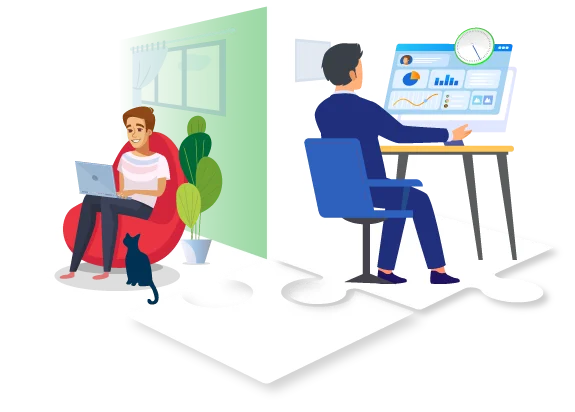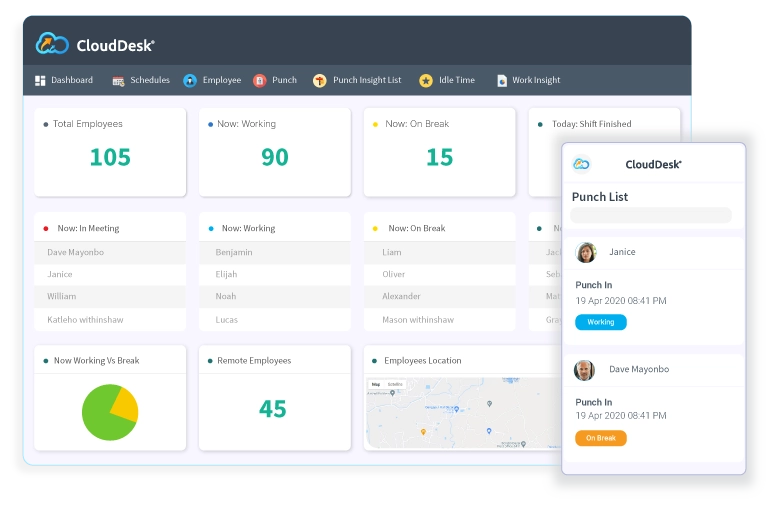Employee monitoring software is in extremely high demand due to remote and hybrid work growth. A monitoring system is used by almost three out of every four managers nowadays to keep track of their team’s productivity and performance. Nevertheless, not every monitoring tool is created equal. Some are conventional time-tracking programs that monitor the websites… Continue reading Employee Monitoring Software: What Managers Think
Employee Monitoring Software: What Managers Think
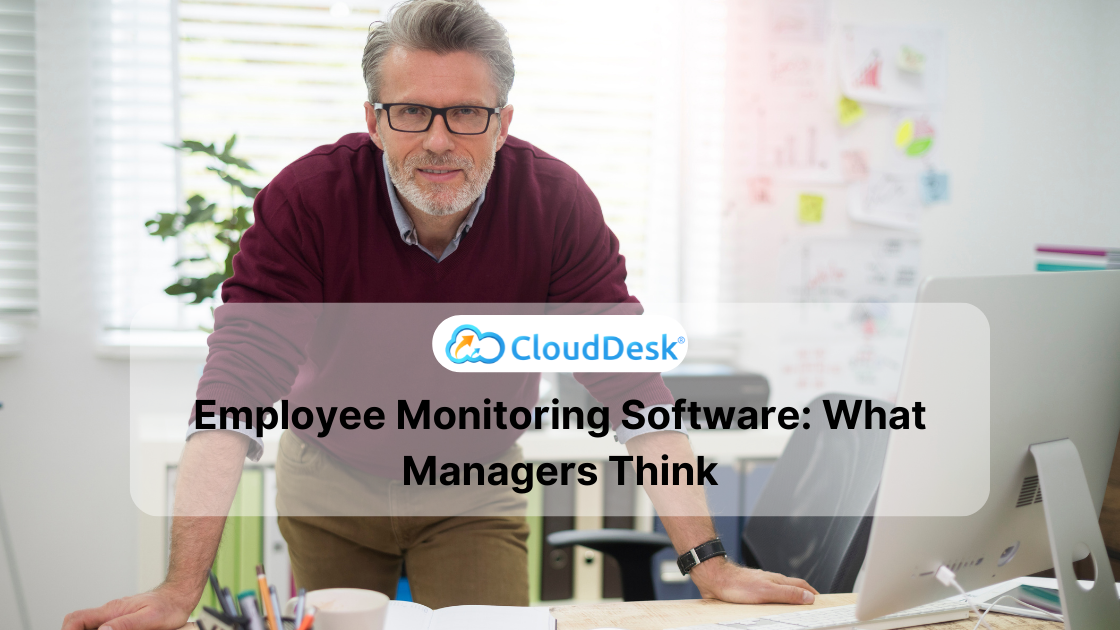
Employee monitoring software is in extremely high demand due to remote and hybrid work growth. A monitoring system is used by almost three out of every four managers nowadays to keep track of their team’s productivity and performance. Nevertheless, not every monitoring tool is created equal. Some are conventional time-tracking programs that monitor the websites employees visit, and the time they spend on them. Others are more intrusive and provide users access to emails, messages, real-time screen recordings, and webcam footage.
Some might be quite comfortable with it because employers and employees may use a basic time-tracker to observe where company time is spent. Employees can also use it for accountability and personal productivity. However, the power dynamic becomes incredibly one-sided once direct surveillance is involved. Beyond a momentary increase in productivity brought on by the worry that someone might be observing you, there are no advantages for the employee. In addition, it’s challenging to believe managers won’t abuse these rights, mainly when the motivations behind establishing employee monitoring are based on personal anxiety and a lack of faith.
What Do Managers Think?
The survey of Express VPN revealing the extent of surveillance on the remote workforce is given below.
- Managers who operate remotely report feeling out of control 74% of the time.
- The inability to view employees in person makes two out of every three managers anxious.
- 57% of employers are not confident in their employee’s ability to work independently.
- 59% of employers don’t trust employees to perform without digital monitoring.
When employees and employers don’t trust each other, the problems pile up quickly, leading to less work, less engagement, less satisfaction, and more burnout. What managers get wrong about monitoring their employees is the idea that they need to use these high-tech surveillance tools to keep their team performing well.
Remote Employees Work Longer Hours
People who work from home find it hard to turn off their computers and often do tasks at all hours of the day. This increases the risk of burnout. In other words, a manager’s worries about employees slacking off when no one is watching are based not on facts but on their own assumptions about what’s happening behind the scenes.
Of course, this doesn’t apply to everyone. Some people will use the system in the wrong ways. But this isn’t unique to working from home. There have always been ways to solve this problem without spying on the person.
The Other Side of Employee Monitoring
Simple ways to keep track of time are enough to manage a remote workforce. Managers can see how employees use their time. Employees can take full advantage of flexible hours, one of the best things about working from home, and work when it’s most convenient for them, as long as the time tracker says they put in eight hours. Being able to back up work with factual data also makes people more accountable and gives them more power when negotiating a raise or talking about performance in other ways. Individuals can also improve their schedules and performance by looking at their own productivity patterns. For example, figuring out when teams are most productive might make them less likely to waste those times on unimportant meetings.
The Best Monitoring Software
If you have a remote team, you’ll probably need an employee monitoring solution for practical reasons, like keeping track of hours, watching how much time is spent on projects, finding unproductive habits (like meetings), and more. Considering all the facets of employee monitoring software, CloudDesk provides the best solution for monitoring remote teams, with analytics to be more productive and help you optimize processes for higher growth. Try CoudDesk free for 14 days now.
Similar Posts
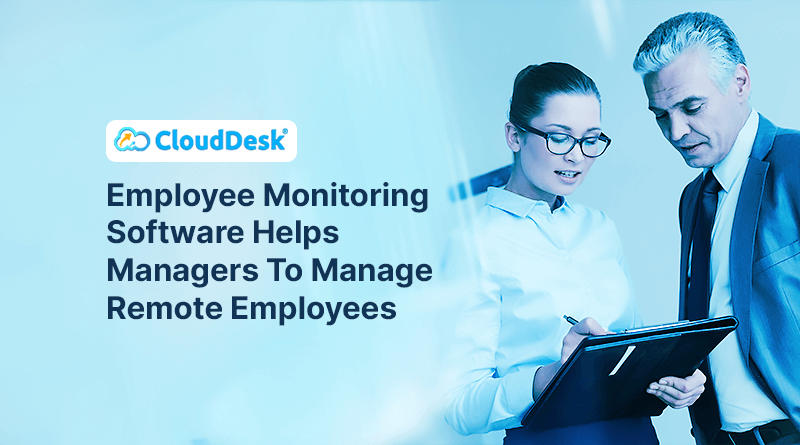
Employee Monitoring Software Helps Managers To Manage Remote Employees
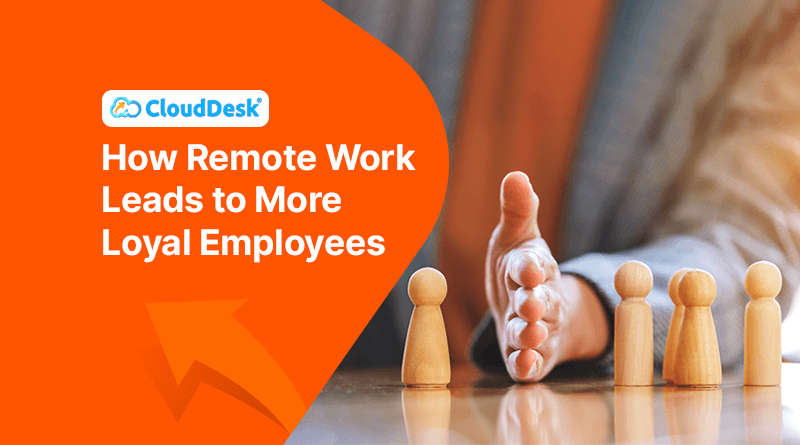
How Remote Work Leads to More Loyal Employees
